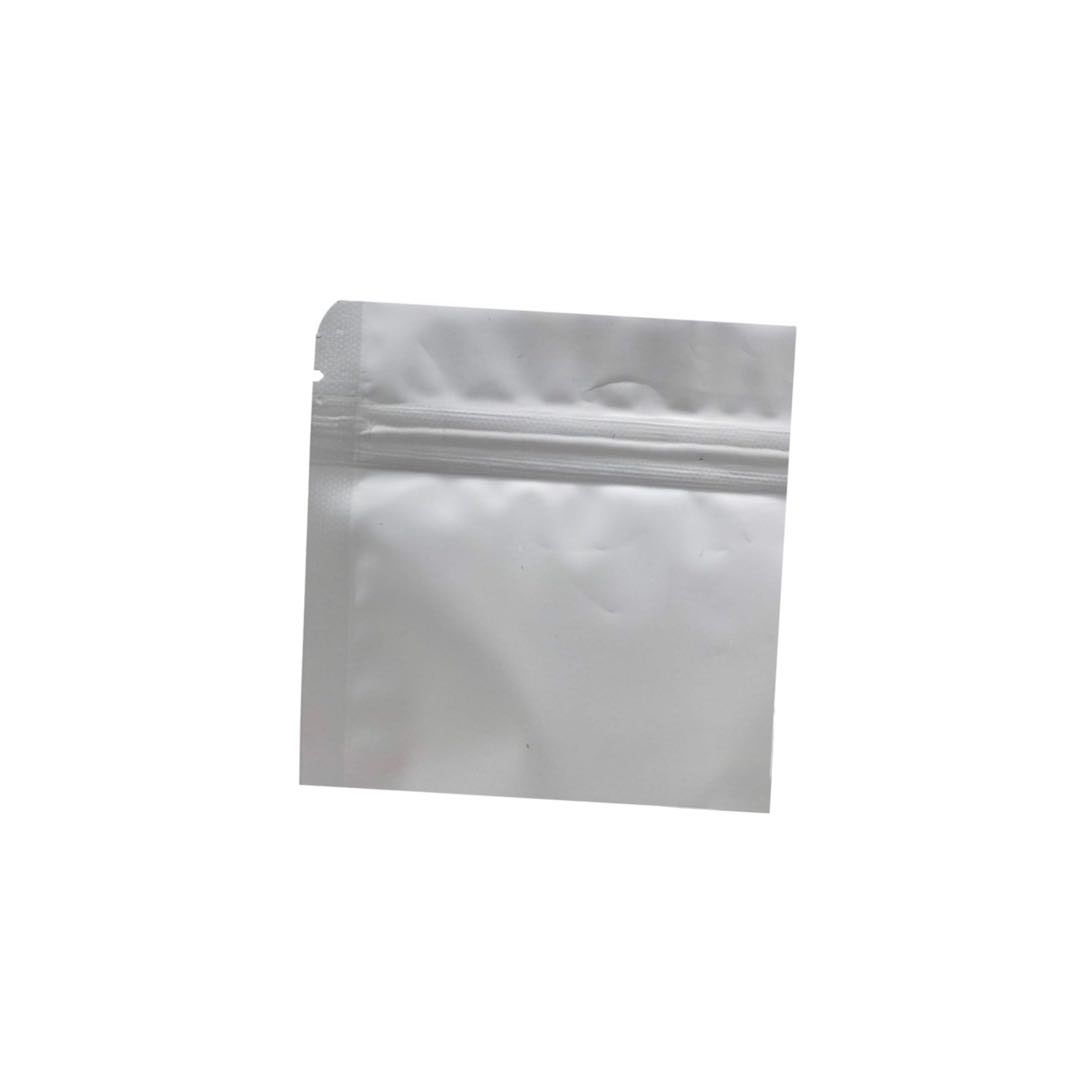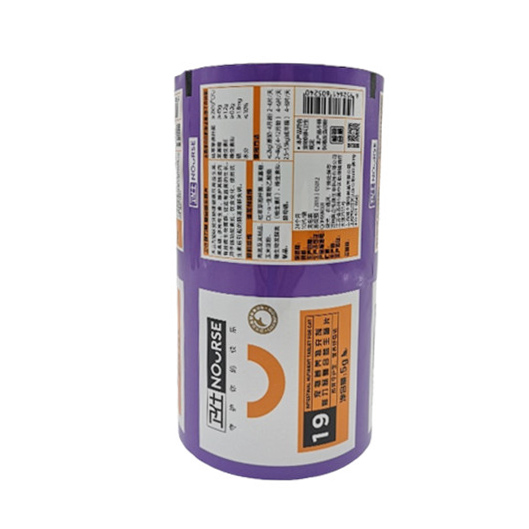The .gov means it’s official. Federal government websites often end in .gov or .mil. Before sharing sensitive information, make sure you're on a federal government site.
The site is secure. The https:// ensures that you are connecting to the official website and that any information you provide is encrypted and transmitted securely. Pet Food Flat Bottom Pouches

On Oct. 1, 2024, the FDA began implementing a reorganization impacting many parts of the agency. We are in the process of updating FDA.gov content to reflect these changes.
Print & Share (PDF: 3MB)
en español (Spanish) | in French (French)
Know the proper food safety precautions to take before, during, and after a power outage.
Emergencies can happen, especially with extreme weather conditions. When they do, the best strategy is to already have a plan in place. This includes knowing the proper food safety precautions to take before, during, and after a power outage — and being prepared to safely handle food and water in the event that flooding occurs.
Note: Your local officials will notify you of any evacuations or states of emergency.
Return to the Protect Food and Water During Storms Main Page
During an emergency, if you use food or beverage containers to hold non-food substances like gasoline, dispose of them after use and do not recycle them.
Here are basic tips for keeping food safe:
Determine the safety of your food:
Perishable food such as meat, poultry, seafood, milk, and eggs that are not kept adequately refrigerated or frozen may cause illness if consumed, even when they are thoroughly cooked.
Be prepared to safely handle food and water in the event that flooding occurs.
Follow these steps to keep your WATER SAFE during and after flood conditions.
If the water is cloudy, first filter it through clean cloths, or allow it to settle and then draw off the clear water for boiling/ disinfecting. Then, follow one of these two procedures:
Boiling water will kill most types of disease-causing organisms that may be present.
Bleach will kill some, but not all, types of disease-causing organisms that may be in the water.
Follow these steps to keep your FOOD SAFE during and after flood conditions.
Undamaged, commercially prepared foods in all-metal cans and “retort pouches” (like flexible, shelf-stable juice or seafood pouches) can be saved if you follow this procedure.
Food in reconditioned cans or retort pouches should be used as soon as possible thereafter.
For infants, try to use prepared, canned baby formula that requires no added water. Otherwise, dilute any concentrated baby formula in reconditioned, all-metal containers with clean drinking water.
Consuming dangerous foodborne bacteria will usually cause illness within 1 to 3 days of eating the contaminated food. However, sickness can also occur within 20 minutes or up to 6 weeks later. Although most people will recover from a foodborne illness within a short period of time, some can develop chronic, severe, or even life-threatening health problems.
Foodborne illness can sometimes be confused with other illnesses that have similar symptoms. The symptoms of foodborne illness can include:

Plastic Tea Bottom Gusset Pouches If you think that you or a family member has a foodborne illness, contact your healthcare provider immediately. To report a complaint or adverse event (illness or serious allergic reaction), visit Industry and Consumer Assistance.